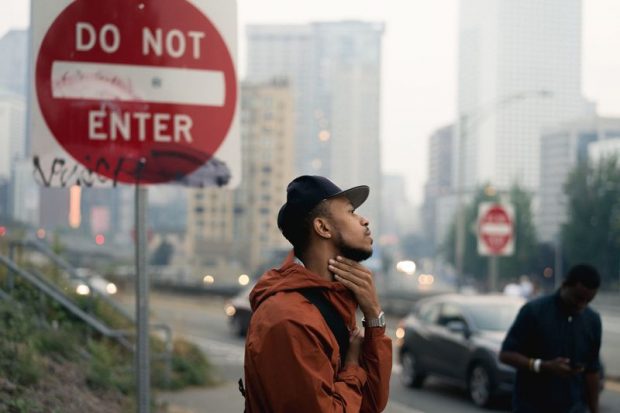Framing Streets Things To Know Before You Buy
Table of ContentsThe 8-Second Trick For Framing StreetsThe smart Trick of Framing Streets That Nobody is DiscussingFraming Streets Can Be Fun For EveryoneThe Framing Streets DiariesFraming Streets Things To Know Before You Get ThisFraming Streets Can Be Fun For Everyone
Digital photography style "Crufts Dog Show 1968" by Tony Ray-Jones Road photography (additionally occasionally called candid digital photography) is photography conducted for art or inquiry that features unmediated possibility experiences and random occurrences within public locations, usually with the aim of capturing photos at a definitive or poignant moment by mindful framework and timing. 
Little Known Facts About Framing Streets.
Susan Sontag, 1977 Street photography can focus on people and their habits in public. In this regard, the street professional photographer is comparable to social documentary professional photographers or photojournalists who also function in public locations, but with the objective of catching relevant occasions. Any of these photographers' images may capture people and residential property visible within or from public areas, which typically entails navigating ethical problems and regulations of privacy, safety and security, and building.
Representations of day-to-day public life form a genre in virtually every period of globe art, beginning in the pre-historic, Sumerian, Egyptian and very early Buddhist art durations. Art dealing with the life of the street, whether within sights of cityscapes, or as the dominant theme, shows up in the West in the canon of the Northern Renaissance, Baroque, Rococo, of Romanticism, Realistic look, Impressionism and Post-Impressionism.
The Single Strategy To Use For Framing Streets
Louis Daguerre: "Boulevard du Temple" (1838 or 1839) In 1838 or 1839 the very first picture of numbers in the road was taped by Louis-Jacques-Mand Daguerre in among a pair of daguerreotype views extracted from his workshop home window of the Boulevard du Holy place in Paris. The second, made at the elevation of the day, shows an uninhabited stretch of street, while the other was taken at regarding 8:00 am, and as Beaumont Newhall records, "The Boulevard, so regularly full of a moving crowd of pedestrians and carriages was perfectly singular, other than a person that was having his boots combed.
As a result his boots and legs were well defined, but he is without body or head, since these were in motion." Charles Ngre, waterseller Charles Ngre. https://penzu.com/p/454a0d4b3b5b7826 was the initial digital photographer to attain the technological elegance required to register people in motion on the road in Paris in 1851. Photographer John Thomson, a Scotsman functioning with reporter and social protestor Adolphe Smith, published Road Life in London in twelve monthly installations starting in February 1877
Rumored Buzz on Framing Streets
Eugene Atget is considered as a progenitor, not since he was the very first of his kind, but as a result of the popularisation in the late 1920s of his record of Parisian streets by Berenice Abbott, who was inspired to undertake a comparable paperwork of New York City. [] As the city developed, Atget aided to advertise Parisian roads as a worthwhile subject for digital photography.

Everything about Framing Streets
The chief Mass-Observationists were anthropologist Tom Harrisson in Bolton and poet Charles Madge in London, and their initial record was produced as the publication "May the Twelfth: Mass-Observation Day-Surveys 1937 by over two hundred onlookers" [] Home window cleaner at Kottbusser Tor, Berlin, by Elsa Thiemann c. 1946 The post-war French Humanist College digital photographers located their topics on the street or in the diner. In between 1946 and 1957 Le Groupe des XV each year displayed job of this kind. Andre Kertesz. Circus, Budapest, 19 May 1920 Road digital photography formed the major material of two exhibits at the Gallery of Modern Art (Mo, MA) in New york city curated by Edward Steichen, 5 French Digital Photographers: Brassai; Cartier-Bresson, Doisneau, Ronis, Izis in 1951 to 1952, and Post-war European Digital Photography in 1953, which exported the principle of street photography globally.
Framing Streets Can Be Fun For Anyone
, after that an educator of young children, associated with Evans in 193839.'s 1958 book,, was considerable; raw and often out of focus, Frank's images examined conventional digital photography of the time, "tested all the official rules laid down by Henri Cartier-Bresson and Walker Evans" and "flew in the face of the wholesome pictorialism and wholehearted photojournalism of American magazines like LIFE and Time".